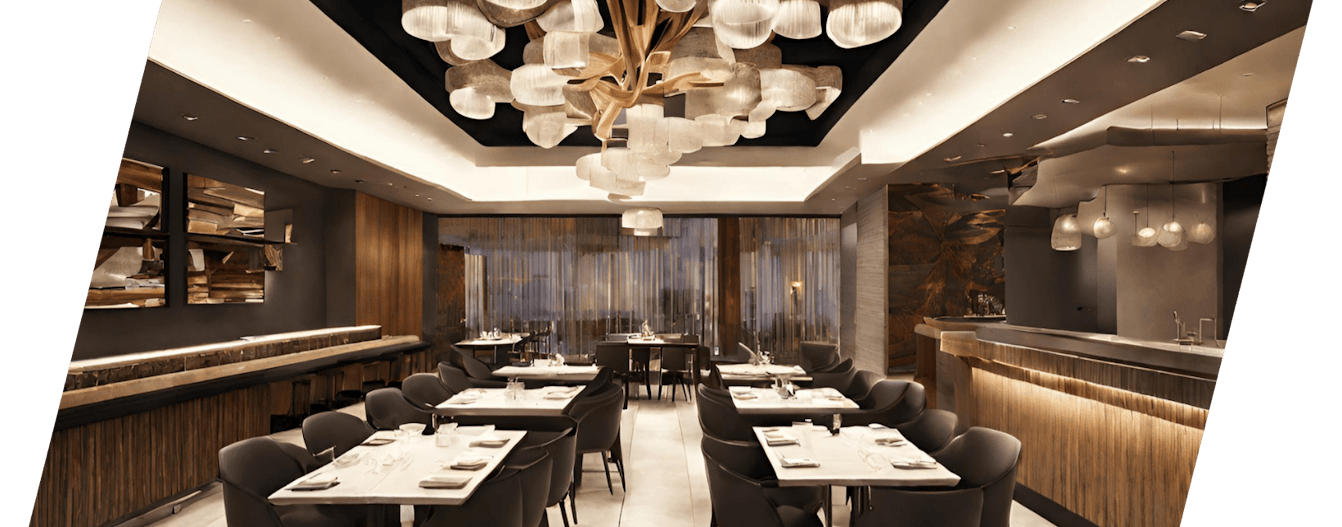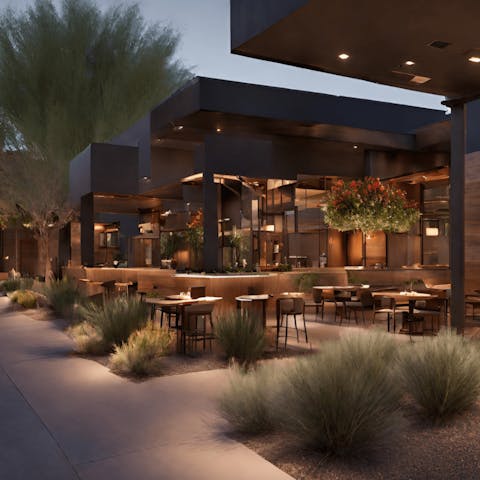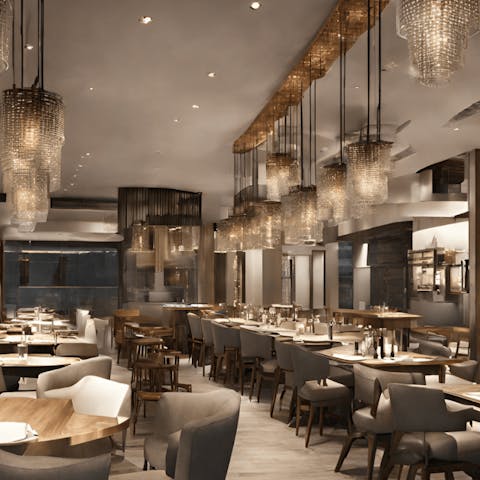









Restaurants
Wiring a New Restaurant: Considerations and Process for Professional Commercial Electricians
GALLERY
Opening a new restaurant involves numerous considerations, from the layout of the kitchen to the ambiance of the dining area. One of the most critical aspects is the electrical wiring, which ensures that all equipment operates safely and efficiently. A professional commercial electrician must navigate various challenges and adhere to stringent codes and standards to wire a new restaurant location effectively. This blog post will explore the key considerations and steps involved in this process.
Conclusion
Wiring a new restaurant is a complex task that requires careful planning, adherence to codes and standards, and a focus on safety and efficiency. A professional commercial electrician must consider the unique demands of a restaurant environment and ensure that the electrical system is robust, reliable, and capable of supporting the business's operations. By following a systematic process and addressing all key considerations, the electrician can help create a safe and efficient electrical infrastructure that supports the restaurant's success.
The Wiring Process for a New Restaurant
1. Initial Consultation and Planning
The process begins with an initial consultation with the restaurant owner or project manager to discuss the specific needs and requirements. This includes understanding the type of equipment to be used, the layout of the kitchen and dining areas, and any special considerations such as outdoor seating or signage.
2. Site Assessment
A thorough site assessment is conducted to evaluate the existing electrical infrastructure and identify any potential challenges. This includes checking the main electrical panel, assessing the condition of existing wiring, and determining the best locations for new outlets and fixtures.
3. Designing the Electrical System
Based on the information gathered during the consultation and site assessment, the electrician designs the electrical system. This includes creating detailed plans and diagrams that outline the placement of all electrical components, the routing of wiring, and the specifications for each circuit.
4. Obtaining Permits and Approvals
Before any work can begin, the necessary permits and approvals must be obtained from local authorities. This ensures that the installation complies with all relevant codes and regulations. The electrician is responsible for submitting the required documentation and scheduling inspections as needed.
5. Installing the Main Electrical Panel
The main electrical panel is the heart of the restaurant's electrical system. It distributes power to all circuits and must be capable of handling the total electrical load. The electrician installs the panel in a location that is easily accessible for maintenance and emergency shut-off.
6. Running Electrical Wiring
With the main panel in place, the electrician begins running electrical wiring throughout the restaurant. This involves drilling holes in walls and ceilings, pulling cables through conduits, and securing them with staples or clamps. The wiring must be routed in a way that minimizes the risk of damage and interference with other systems.
7. Installing Outlets, Switches, and Fixtures
Next, the electrician installs outlets, switches, and lighting fixtures according to the design plan. In a restaurant, this includes specialized outlets for kitchen equipment, task lighting for food preparation areas, and ambient lighting for the dining area. All installations must be securely mounted and properly grounded to ensure safety.
8. Connecting Kitchen Equipment
The kitchen is the most electrically demanding area of a restaurant. The electrician connects all kitchen equipment, such as ovens, refrigerators, and dishwashers, to dedicated circuits to prevent overloading. GFCIs are installed in areas where water is present to protect against electrical shocks.
9. Testing and Inspection
Once the installation is complete, the electrician conducts thorough testing to ensure that all components are functioning correctly. This includes checking for proper grounding, verifying the operation of GFCIs, and testing the load capacity of each circuit. An inspection by a local authority is also required to certify that the installation meets all safety standards.
10. Final Adjustments and Documentation
After passing the inspection, the electrician makes any final adjustments and provides the restaurant owner with detailed documentation of the electrical system. This includes diagrams, load calculations, and maintenance recommendations. Proper documentation is essential for future troubleshooting and modifications.
Key Considerations for Wiring a New Restaurant
1. Understanding the Electrical Load Requirements
The first step in wiring a new restaurant is to understand the electrical load requirements. Restaurants typically have high power demands due to the extensive use of kitchen equipment, lighting, HVAC systems, and other electrical devices. The electrician must calculate the total load to ensure the electrical system can handle the demand without overloading circuits.
2. Compliance with Electrical Codes and Standards
Compliance with local and national electrical codes is paramount. The National Electrical Code (NEC) provides guidelines for safe electrical installations, including specific requirements for commercial kitchens. Adhering to these codes helps prevent electrical hazards and ensures the safety of the restaurant's staff and patrons.
3. Designing the Electrical Layout
A well-thought-out electrical layout is crucial for efficient operation. The layout should consider the placement of outlets, switches, and lighting fixtures to ensure they are easily accessible and meet the needs of the restaurant. The design should also account for future expansion or modifications, allowing for flexibility without significant rewiring.
4. Safety Measures
Safety is a top priority in any electrical installation. In a restaurant, this includes installing Ground Fault Circuit Interrupters (GFCIs) in areas prone to moisture, such as kitchens and bathrooms, to prevent electrical shocks. Additionally, all wiring should be protected from physical damage, and proper labeling of circuit breakers and fuse boxes is essential for quick identification in case of an emergency.
5. Energy Efficiency
Energy efficiency is increasingly important in commercial settings. Using energy-efficient lighting, such as LED fixtures, and installing energy management systems can help reduce operational costs and environmental impact. An electrician should also consider the use of programmable thermostats and energy-efficient kitchen equipment.






